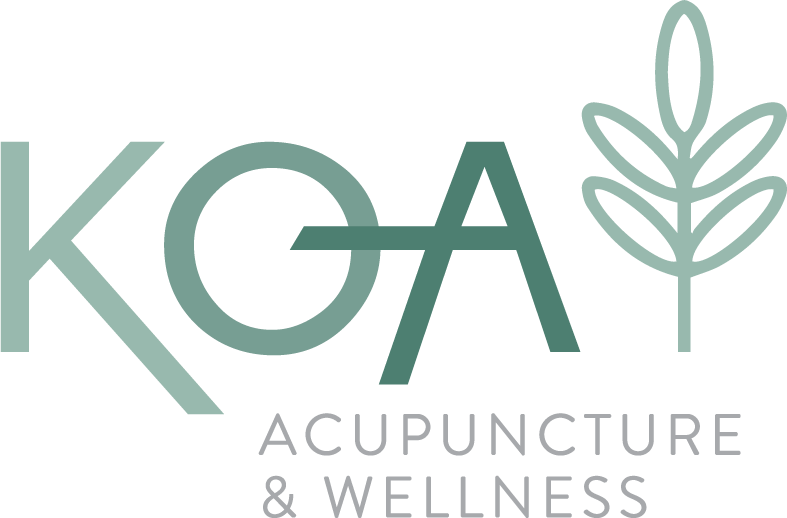treatment techniques
At Koa, we assess using manual muscle testing and range of motion assessment to determine which muscles are causing the problem or inhibited due to injury. Once we determine what is causing the dysfunction, our first step in treatment is to restore function. To do this, we use motor point acupuncture to restore motor inhibition.
After restoring function, we use electro-acupuncture on peripheral and spinal joints to increase perfusion and decrease sympathetic tone. We also use other needling techniques and myofascial release to break up scar tissue, improve range of motion and improve strength in the affected area. Our goal is to resolve pain, improve range of motion, improve strength, and increase the quality of life by getting you back to doing the things you love to do!
STRENGTH ASSESSMENT
We typically start the treatment with a series of muscle tests to understand what could be causing the pain, dysfunction or injury. We use the Extore System to assess range of motion and to test for muscle inhibition. This helps to determine which muscles are contributing to the problem.
Once we have determined which muscles are contributing to the problem, we treat using a variety of techniques such as motor point acupuncture, dry needling, electric stimulation, manual release, and cupping.
MOTOR POINT ACUPUNCTURE
The motor point of a muscle is the point at which the motor nerve enters the muscle.
When an acupuncture needle is used on a motor point with an electric impulse, it creates contraction and relaxation, which can release the tight bands of muscle. This resets the muscle to its proper length. It is like hitting a reset button on the muscle resulting in restoring the function of that muscle.
DRY NEEDLING
Dry needling refers to inserting a fine acupuncture needle into a painfully contracted muscle to create a local twitch response. These hypersensitive areas of muscle and soft tissue are known as “trigger points.” When active, trigger points are painful or refer pain to other areas (often predictable patterns).
When trigger points are “deactivated,” they normalize and become less irritable. Dry needling/trigger point release decreases muscle contraction, improves flexibility, and decreases pain.
Electro-acupuncture
Electro-acupuncture is simply adding an electric pulse to an inserted needle.
We accomplish this in two ways; with a handheld unit where stim is applied for 4-8 seconds at a time, or by attaching the stim directly to the needle and leaving the electrostimulation on for 5-20 minutes.
FAQS
WHY DO WE USE ELECTRO-ACUPUNCTURE?
At Koa, we strongly believe that needling motor points can provide profound and immediate results. By needling the motor point and adding electrostimulation to the needle we take the muscle beyond its action potential threshold which causes the muscle to fasciculate (contract). By doing this we neuromodulate that tissue (change how the nerve and muscle function) so whether the muscle is short and tight or in a weak and elongated state this acts as a reset to the muscle.
Through manual muscle tests, we often find that pain is the result of an inhibited muscle(s). Again, by needling and adding electrostimulation to the motor point of the affected muscle we regain optimal function through neuromodulation. It is also great for deactivating trigger points, releasing fascial tension, and reducing pain.
HOW DOES ELECTRO-ACUPUNCTURE REDUCE PAIN?
Electroacupuncture causes a local release of neurochemicals that aid in the healing process as well as a more systemic release of endogenous opioids (your natural pain killers). Electro-acupuncture will help increase blood flow and reduce inflammation which are both necessary for the healing process.
Electroacupuncture also works based on the gate theory of pain. Essentially, we are inserting the needle along the nerve pathway between the area of pain and the brain. A non painful stimulus is created between these two points and the painful signal is blocked and a non painful signal is received by the brain instead.
Electro-acupuncture can also be used at specific spinal segments to modulate nerve pathways or create a more generalized vascular response. This is typically how we treat nonmechanical chronic pain patients.
cupping
Cupping or myofascial cupping (as it is becoming known) is a Traditional Chinese Medical therapy used to decrease pain and increase joint and tissue mobility. Oxygen is removed from the cup to create a suction on the skin. The soft tissue (myofascial) is pulled up into the cup to decompress the tissue.
This promotes blood flow to the area, bringing oxygen and nutrients to the area to help promote cell repair. At the same time, drawing out old metabolic by-products can be preventing healing in the area.
These by-products are often seen as red/purplish marks on the skin that last a couple of days. As treatment progresses, normal circulation in the tissue is restored, and these marks become less and less each treatment.





